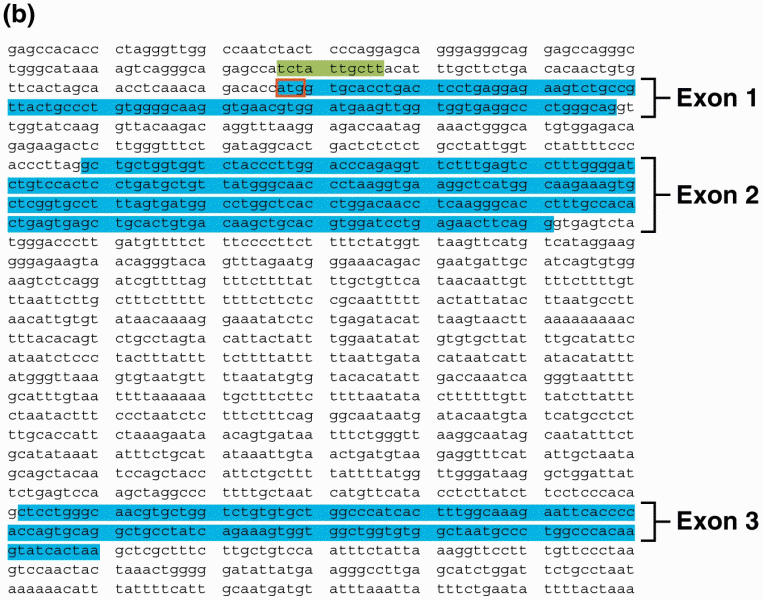Code the following physician encounters using ICD-9-CM, ICD-10-CM, and CPT. Sequence the codes in the correct order. Assign any needed modifiers.
PHYSICIAN OFFICE VISITPATIENT: KRIS OFFICERECORD NUMBER: 20-68-23DATE OF SERVICE: 07-16-XXPHYSICIAN: DR. KIM. M. D. SUBJECTIVE: This 73-year-old female established patient returns today for followup regarding her Parkinson's disease with associated motor function difficulties. The patient reports that she is having increasing difficulties with motor function. She states that the Sinemet seems to wear off and then she has a lot of trouble with freezing and ambulation. She also reports a new problem of pain in the left elbow with some numbness and impaction of the left fourth and fifth fingers.
OBJECTIVE: General: An older female with obvious physical manifestations of Parkinson's disease. CONSTITUTIONAL: 112/74, pulse 72, and respiration 16. MOTOR: Moderate bradykinesia and rigidity are present on examination. There is also a resting tremor. GAIT: The patient has a hard time rising from sitting to standing position. She ambulates with a scooped shuffling posture and tends to carry her arms flexed when she walks.
ASSESSMENT: - Parkinson's disease with gait difficulty, bradykinesia, rigidity, and resting tremors.
- Possible entrapment neuropathy left elbow.
PLAN: Patient is to hold Sinemet CR or perhaps take it at bedtime. A prescription for standard Sinemet (25/100) is given. Patient is to take this medication tid to qid. It is hopeful that the patient will tolerate the Sinemet at this point. We have tried to adjust the Mirapex in times past but the patient reports hallucinations. I am also going to order an EMG to evaluate for possible entrapment neuropathy at the left elbow. Patient is to call us back in a couple of weeks to let us know how she is doing with the standard Sinemet. Follow up in office as needed.
ICD-9-CM diagnosis code(s): _____________________
ICD-10-CM diagnosis code(s): _____________________
CPT code(s) with modifier, if applicable: _____________________







